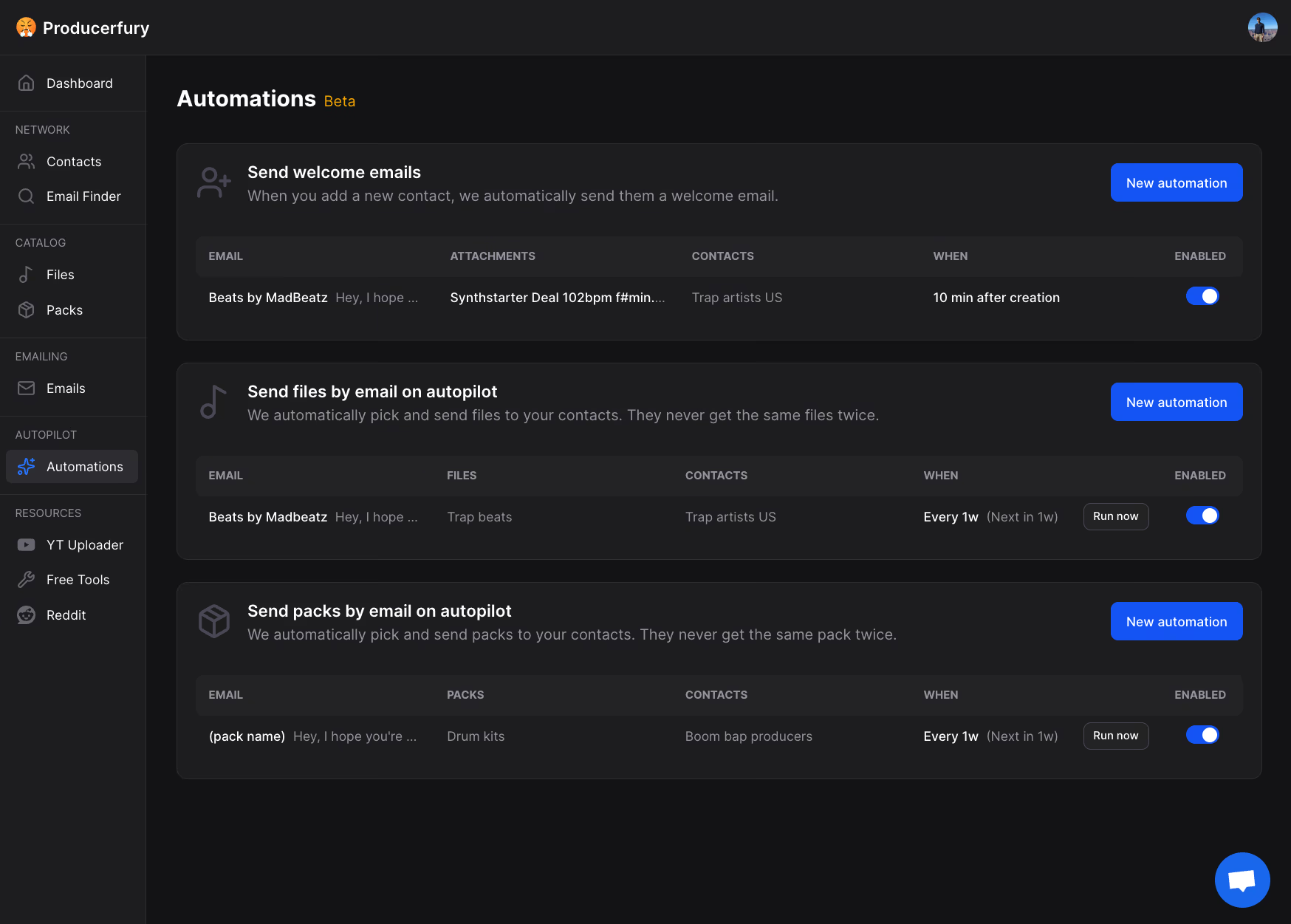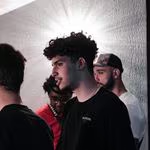Non-Exclusive vs Exclusive License: What's best for you?
Why Beat Licensing is important as an uprising Beatmaker.
First, let's talk numbers. The beat-selling market isn't just growing, it's absolutely booming. Platforms like BeatStars have paid out over $200 million to producers, and YouTube sees thousands of "type beat" searches every single hour. This isn't just a side hustle; it's a legitimate career path for talented producers.
Understanding Licensing: The two main choices for different activities.
In the beatmaking world, two primary licensing models define how producers sell and artists use beats: exclusive and non-exclusive licenses.
An exclusive license gives one artist complete rights to a beat, removing it from future sale and typically commanding a higher price.
Non-exclusive licensing allows multiple artists to purchase and use the same beat, offering more flexibility and recurring revenue for producers.
Each approach has unique advantages, balancing the needs of producers and artists in the dynamic music marketplace.
Exclusive Licenses
An exclusive license grants the buyer the sole right to use a beat for their projects. This means that once the beat is sold under an exclusive license, it can no longer be sold, shared, or used for other projects by the producer. However, the producer retains the copyright, ensuring they are still credited as the creator and may negotiate royalties or other compensation.
Key Features of Exclusive Licenses
-
Unique Ownership: The beat is sold to a single artist, ensuring an original track for their music or media projects. Something to remember though, is that on BeatStars for example, "exclusive" usually means "exclusive starting from now". The beat may have been leased to 20 other artists before, but the exclusivity is guaranteed from now on. It is generally detailed in the contract under a "Notice of outstanding client" clause.
-
Full Monetization Rights: The buyer can freely use the beat for commercial purposes, including releasing songs, albums, or videos on platforms like Spotify, Apple Music, or YouTube without any constraints.
-
Ongoing Royalties: Depending on the agreement, the producer might still earn royalties or splits from streams and sales.
-
Premium Pricing: Exclusive licenses typically command a higher price because the producer forgoes any future revenue from that beat.
What is the best way to sell my exclusive licenses?
Exclusive licenses are best sold through platforms like BeatStars or by leveraging personal networks to connect with serious artists and record labels (the best way is to use our app Producerfury for that :p).
For more informations on selling on BeatStars or how to start a youtube channel for beats we have done articles that can help you: How to Sell Beats on BeatStars and How to Grow a Type Beat Channel.
These licenses are typically priced higher due to their one-of-a-kind nature, making them appealing to established professionals who prioritize unique, high-quality beats for their projects. To succeed, focus on marketing directly to artists and labels seeking exclusive tracks that stand out in their releases.
Non-Exclusive Licenses
A non-exclusive license allows multiple artists to purchase and use the same beat without exclusivity. While the producer retains full ownership and copyright of the beat, they grant buyers the rights to use it under specific terms. This type of licensing is particularly popular among independent musicians and producers due to its affordability and scalability.
Key Features of Non-Exclusive Licenses
-
Shared Usage: The beat can be licensed to multiple artists, allowing for widespread distribution while maintaining ownership by the producer. Something to be aware of is that since the same beat can be sold to multiple artists, it may lack uniqueness. This is generally less appealing to established artists or labels but works well for emerging or budget-conscious creators.
-
Different Licensing Tiers: Platforms like BeatStars and Airbit offer multiple non-exclusive licensing options, such as basic MP3, WAV files, or tracked-out stems, giving buyers flexibility based on their needs.
-
Commercial Flexibility: Buyers can use the beat for commercial releases, such as singles, mixtapes, or videos, and distribute them on platforms like Spotify, Apple Music, or YouTube to earn revenue on certain conditions.
-
Broader Audience Reach: Non-exclusive licenses are typically more budget-friendly, making them accessible to a wider range of artists, from independent musicians to those testing out ideas before committing to exclusive rights.
-
Recurring Revenue for Producers: Producers can generate recurring income by selling the same beat to hundreds of buyers over months or even years, maximizing its earning potential.
What is the best way to sell my non-exclusive licenses?
Non-exclusive licenses are commonly sold on platforms like BeatStars and Airbit, where producers can list their beats with tiered pricing and licensing options. These platforms also provide tools for managing licensing agreements and payments efficiently.
Here are the key differences between the most common types of non-exclusive licenses on BeatStars:
MP3 License
- Format: Only MP3 file.
- Usage: Limited to small projects like mixtapes, demos, or personal use.
- Distribution Limits: Typically capped at 2,500-5,000 copies.
- Price: Lowest price point due to its limited features.
WAV License
- Format: Includes both MP3 and higher-quality WAV file.
- Usage: Suitable for higher-quality releases, small-scale albums, or streaming projects.
- Distribution Limits: Can vary, often between 10,000 to 20,000 copies.
- Price: Higher than MP3 due to better sound quality.
Trackout License (Stems)
- Format: Comes with MP3, WAV, and separated track stems for more detailed production and mixing.
- Usage: Ideal for professional production and remixing.
- Distribution Limits: Higher limits (50,000+), often allowing for commercial releases and major streaming platforms.
- Price: Highest among non-exclusive licenses because it offers more control over the beat.
Unlimited License
- Format: MP3, WAV, and trackouts included.
- Usage: No restrictions on distribution, making it ideal for major projects like albums, performances, and monetization.
- Distribution Limits: No cap on sales, streams, or views.
- Price: Highest of the non-exclusive options, offering full usage rights without exclusivity.
Pricing your beats
Pricing your beats correctly is essential for maximizing your profit and ensuring you’re fairly compensated for your work. The price of an exclusive license is typically much higher than that of a non-exclusive license due to the unique rights the buyer receives. However, determining the exact price depends on several factors:
-
Exclusive licenses: Can range from $500 to several thousand dollars, depending on the demand for the beat, the market, and your standing as a producer.
-
Non-exclusive licenses: Typically range from $20 to $200 per license, depending on the type (MP3, WAV, or Trackout), offering more affordable options for independent artists while allowing multiple sales of the same beat.
Conclusion
Understanding the difference between exclusive and non-exclusive licenses is essential for beatmakers looking to monetize their work effectively.
Exclusive licenses provide an artist with full rights to a beat, allowing for higher pricing but limiting the producer’s ability to sell the beat again.
Non-exclusive licenses, on the other hand, offer more flexibility, allowing multiple artists to use the same beat while providing producers with a steady revenue stream from repeat sales.
Each type of license caters to different types of buyers, from serious artists seeking uniqueness to independent musicians on a budget. Choosing the right licensing model depends on your business goals and the type of clients you want to attract.
 Producerfury
ProducerfuryUpload your catalog
Tag your beats. Make loop packs.
Import your contacts
Build lists. Search IG and collect emails.
Send emails on autopilot
Smart targeting. Auto-picked attachments.
Loved by 2640 producers
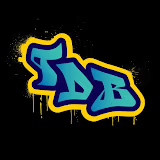 TapDaddyBeats1M+ Streams
TapDaddyBeats1M+ Streams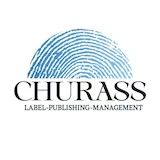 Churass MusicMulti-platinum Publisher
Churass MusicMulti-platinum Publisher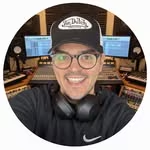 BE-TWIIN Beats50M+ Streams, 1000+ Artists
BE-TWIIN Beats50M+ Streams, 1000+ Artists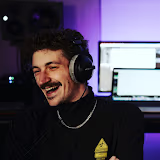 Prodbymeadow1K+ Syncs, 15M+ Streams
Prodbymeadow1K+ Syncs, 15M+ Streams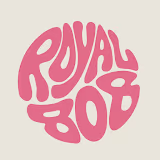 Royal808Platinum Producer
Royal808Platinum Producer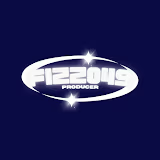 fizzo4911M+ Streams
fizzo4911M+ Streams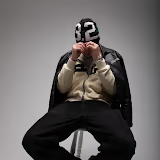 LLoke Made3x Billboard Charting
LLoke Made3x Billboard Charting SIGHOST8M+ BeatStars Plays
SIGHOST8M+ BeatStars Plays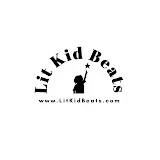 LitKidBeats18M+ YouTube Views
LitKidBeats18M+ YouTube Views
